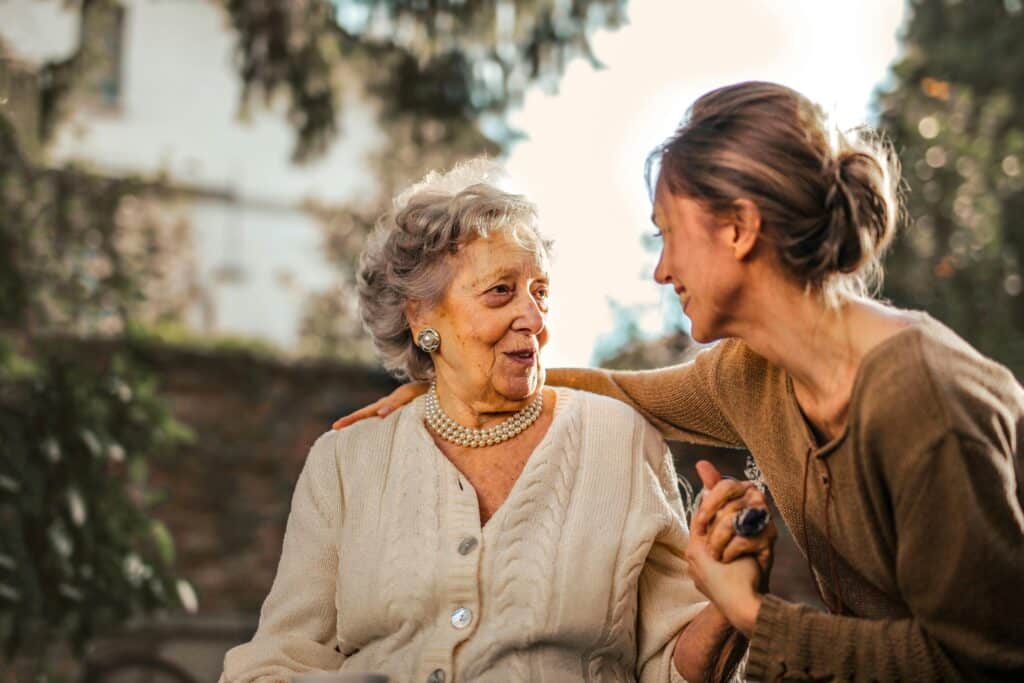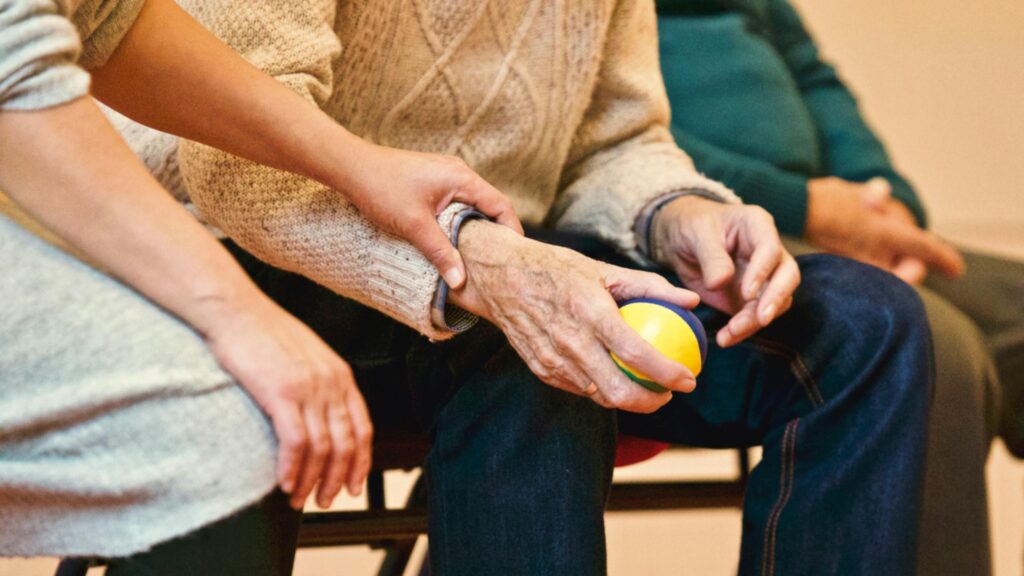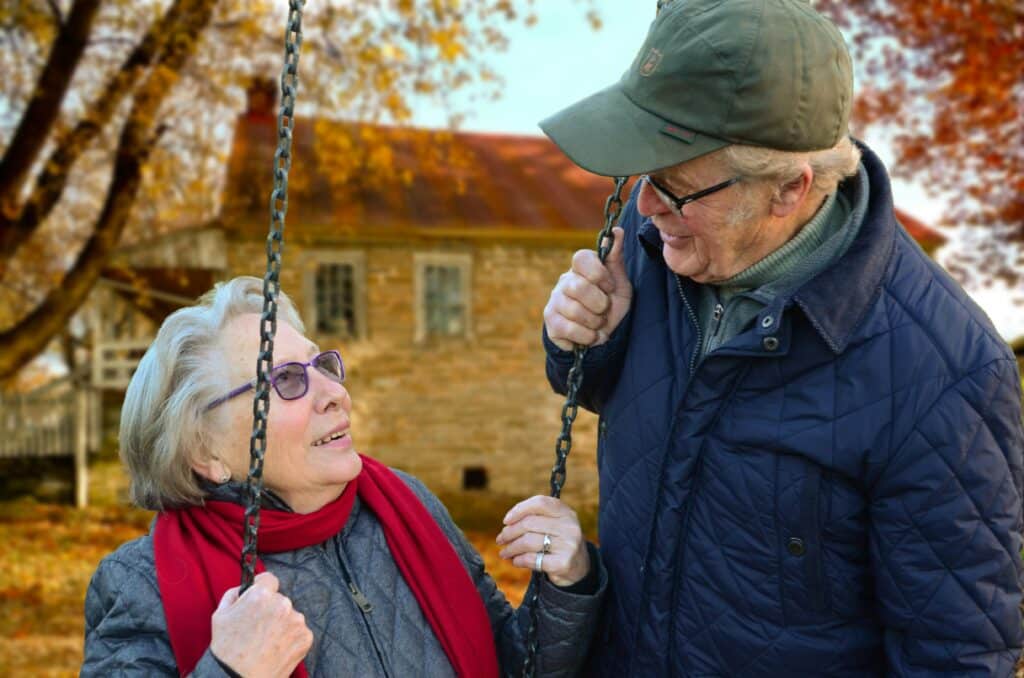Bipolar Disorder in Elderly: Easy Guide for Families
Bipolar disorder is a mental health condition. It causes big changes in mood, energy, and behavior. Some days a person may feel very happy and full of energy. Other days, they may feel very sad and tired. This is called a mood disorder.
Many people think bipolar disorder only happens in young people. But it can also affect elderly patients. This is called bipolar disorder in the elderly or Late-Life Bipolar Disorder. It can be hard to spot, but it’s important to get help.
This article will help you understand what bipolar disorder looks like in older adults. We’ll explain the signs, treatments, and how families can support their loved ones.

Nashville Mental Health
What Is Bipolar Disorder?
Bipolar disorder causes strong mood swings. These swings are called mood episodes.
There are two main types:
- Manic Episodes: A person may feel super excited, talk fast, and not sleep. This is called mania or bipolar mania.
- Depressive Episodes: A person may feel very sad, tired, and not enjoy anything. This is called bipolar depression or deep depression.
Sometimes, a person can feel both at the same time. This is called a mixed episode.
Bipolar disorder is also known as:
- Manic-depressive illness
- Manic disorder
- Affective disorder
What Is Different About Bipolar in the Elderly?
Bipolar disorder in older people is often called Older-age bipolar disorder or Late-onset bipolar disorder. It means the person first showed signs when they were older. Sometimes, the signs are confused with dementia or cognitive disorders, like frontotemporal dementia.
Doctors may have a hard time telling the difference. This is why differential diagnosis is important. It means checking for other problems before giving a final answer.
Signs in Elderly Patients
- Sudden changes in mood or behavior
- Sleeping too much or too little
- Talking very fast or very slow
- Acting confused or forgetful (cognitive dysfunction)
- Getting angry or upset easily
- Showing manic symptoms or depressive symptoms
These signs may also show up in disorders in nursing homes. It is important for staff to watch for mood changes.
Causes and Risk Factors
Several things can lead to late-onset mania or geriatric mania:
- Family history of mental illness
- Past psychiatric history or history of mood disorder
- Medical conditions like cardiovascular disease or cerebrovascular disease
- Substance use disorders like alcohol or drug problems
- Side effects from psychotropic drugs
- Medication interactions or drug-drug interactions
- Personality disorders that affect behavior
Getting an Accurate Diagnosis
Getting the right diagnosis is key. Older people may show different signs than younger bipolar patients. Some may only have frequent episodes of sadness. Others may not show energy at all.
Doctors may use:
- Standardized measures
- Neuroimaging studies
- Clinical trials
- Retrospective chart reviews
- Prospective studies
- Comparative study or systematic review
It’s important to find a doctor who knows how bipolar disorder looks in older adults. This helps avoid mistakes in diagnosis.

Treatment Options for Elderly with Bipolar Disorder
There are many treatment options that can help. The goal is to manage the bipolar disorder symptoms and make life better.
Medication Treatments
Some common medicines include:
- Lithium: Known for strong results. Studies show the efficacy of lithium in older adults. It helps reduce manic episodes and depressive episodes.
- Valproate (Divalproex treatment): Another choice that helps balance mood. Often used if lithium causes adverse effects.
- Antipsychotic medications: May be used for mood changes or behavior problems.
- Combination of medication: Some patients need more than one medicine.
- Adjunct to lithium: Extra medicine added to help lithium work better.
Doctors must be careful of:
- Extrapyramidal side effects
- Medication classes
- Response to lithium
- Lithium vs. valproate comparisons
- Adherence to medications
Elderly patients often have medical issues and take other medications. So, doctors watch for side effects and drug-drug interactions.
Therapy and Counseling
- Behavioral therapy
- Family-focused therapy
- Cognitive behavioral therapy (CBT)
- Support from health care providers
Therapy helps with mood, thinking, and relationships.
Other Support Options
- Help with daily tasks
- Care in nursing homes
- Support from family and friends
- Safety planning if someone has severe suicidality
Nashville Mental Health
Importance of a Treatment Plan
A good treatment plan is made just for the person. It includes:
- Medicine schedule
- Doctor visits
- Therapy sessions
- Family support
Plans may change based on how the person feels. Doctors may use results from studies like:
- GAGE-BD study
- GERI-BD study
- 2 double-blind, placebo-controlled studies
- 12-week prospective, open-label trial
- Post-hoc analysis
- Secondary analysis
What Families Can Do
Families play a big role in helping loved ones.
Tips:
- Learn about the signs of late-life mania
- Go with them to doctor visits
- Watch for changes in behavior
- Help them follow their treatment of mania
- Be patient and kind
It’s also smart to talk to a mental health care provider if you have medical questions or worries.
If you’re looking for expert help, check out this guide on bipolar disorder treatment for support and care plans that fit your loved one’s needs.
How Long Does Bipolar Disorder Last?
Bipolar disorder is often a life-long condition. Some people have frequent episodes, while others may go years without one. A 48 hour periodic manic-depressive illness is rare, but possible. With the right care, many older adults can feel better and live full lives.
When to Get Help
See a doctor or mental health expert if:
- You notice big changes in mood or thinking
- Your loved one talks about dying
- They stop doing things they used to enjoy
- There is sudden anger or confusion
Getting help early can stop things from getting worse.
Final Thoughts
Bipolar disorder in the elderly is serious but treatable. With the right mix of medicine, therapy, and family care, older adults can feel better. Always talk to a doctor or mental health care provider if you’re worried. Staying informed helps everyone live a healthier, happier life.
If you or a loved one needs help, don’t wait. Reach out to professionals who understand how to treat bipolar symptoms in older adults with care and respect.

Nashville Mental Health
FAQs: Bipolar Disorder in Elderly
1. What are common signs of bipolar disorder in elderly?
Older adults may show signs like mood swings, memory issues, confusion, or changes in sleep and behavior. These are clinical features of bipolar disorder.
2. Is bipolar disorder the same as dementia?
No. Bipolar and cognitive disorders like frontotemporal dementia can look alike, but they are different. A doctor needs to do a differential diagnosis.
3. Can older adults take lithium?
Yes, but it must be closely watched. Individuals on lithium should have regular blood tests to check for adverse effects and watch for medical conditions.
4. What therapies help bipolar disorder in elderly?
Behavioral treatments, family-focused therapy, and support from health care systems are all helpful. Medicines and therapy work best together.
5. Where can I learn more about treatment?
You can learn more about treatment plans, effective treatment, and support for elderly by visiting our service bipolar disorder treatment. Visit SAMHSA for more information.





